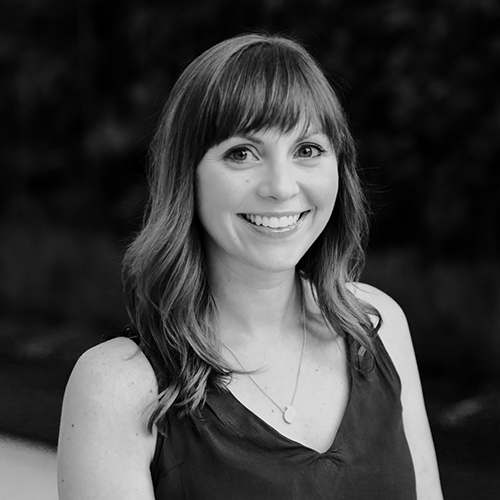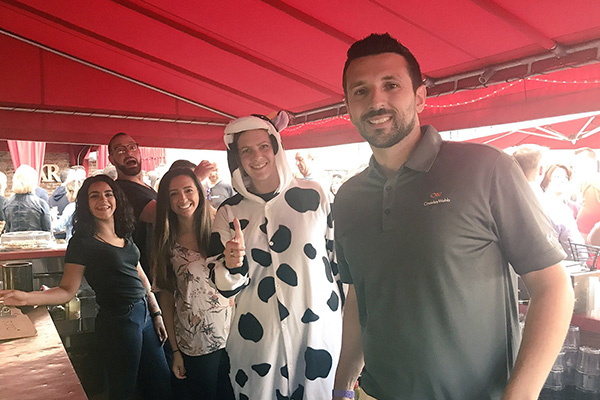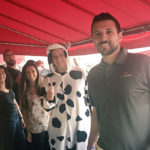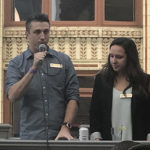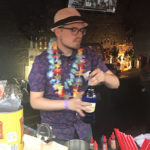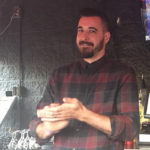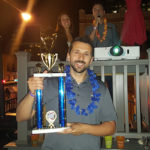By Dan Nesselbush
Each year, amid the hustle and bustle of the holiday season, we like to throw a few extra things on your to-do list with the American Advertising Awards. Here is a quick recap of some new highlights for the 2018 WNY American Advertising Awards (or ADDYs if you resist change).
The David I. Levy Communicator of the Year and Osborn Award for Creativity have been combined
AAF Buffalo’s roots trace back to a pair of organizations – the Professional Communicators of Western New York and Art Directors/Communicators of Buffalo – each with their own special awards to acknowledge individuals who helped shape our region’s creative scene.
The Professional Communicators of Western New York presented the David I. Levy Communicator of the Year annually while the Art Director/Communicators of Buffalo awarded the Alex Osborn Award for Creativity. Now united as one group of marketing communications professionals, AAF Buffalo’s board decided that the time is right to combine the awards due to parallel criteria for the honors.
In an effort to preserve the legacy of David Levy, one of the top ad agency executives in Buffalo from the 1950s through the 1980s, and Alex Osborn, the inventor of brainstorming and manager of the Buffalo office of Barton, Durstine & Osborn (precursor to the global agency BBDO), we’ve merged and reintroduced the awards into one honor each year which will now be known as the Levy-Osborn Award for Excellence in Communications.
The Levy-Osborn recognizes outstanding achievement and service in the communications industry. Recipients of this award are individuals who, through a consistent, high degree of original thinking in their field, have left an indelible mark on the Western New York creative community. Winners have a distinguished record of achievement over an extended period of time, which includes contributions to their company, the industry and the community. Nominations for this award, as well as the Joe Crowley Award for Service and Future Star, are being accepted until January 8, 2018.
CommUNITY: a commitment to a more diverse ad industry
Our board was honored to win first place in the AAF Club Achievement Awards Competition for Diversity & Multicultural Initiatives in 2016-17. We had the privilege of attending the Mosaic Awards gala during ADMERICA 2017 and drew inspiration from those who are committed to promoting diversity and inclusion in the industry, which was evident through their creative work and organization-wide initiatives. Following that event, one goal of our executive board was to take action locally to increase awareness of those inclusive advertising practices and encourage the development of a more diverse community of marketing professionals in Western New York.
While we’re in our second year of working with high school students at Buffalo Prep, we decided the next step we’d take at the professional level would be through the creation of a local category in the American Advertising Awards competition. New for 2018, the CommUNITY Award for Inclusive Advertising is designed to mirror some of the principles of the aforementioned Mosaic Awards program.
The award recognizes content that extends beyond stereotypical portrayals and depicts multicultural communities and individuals as the complex, multifaceted and dynamic groups they are. This award recognizes advertising that addresses issues experienced by underrepresented communities and gives voice to groups that have been stereotyped or ignored in media and by society, increasing viewer’s perceptions and understanding of multicultural communities.
Changes with national American Advertising Awards categories
The public service print ad category will now accept campaigns.
Public service print ad campaigns of 2-4 pieces can be entered under category 22B. Work that qualifies as public service is advertising that has its goal being the improvement of the public’s health, education and/or welfare. Advertising work done for non-profit social organizations or causes, charities or NGOs should be entered in a Public Service category. Other Public Service submissions include work done for local, state and national governmental bodies, public safety, environmental, diversity, religious and education.
The Apps category has expanded this year to Apps, Games and Virtual Reality to accommodate virtual reality entries.
39E Virtual Reality: The computer-generated simulation of a three-dimension image or environment that can be interacted with in a seemingly real or physical way by a person using special electronic equipment.
The Elements of Advertising division now has a CGI category.
86B Computer Generated Imagery (CGI): Computer graphics to create or contribute to images in art, printed media, video games, films, television programs, shorts, commercials, videos and simulators.
Complete details about entering the 2018 WNY American Advertising Awards, along with exclusive behind-the-scenes videos following the production of the show, can be found at greataddys.com

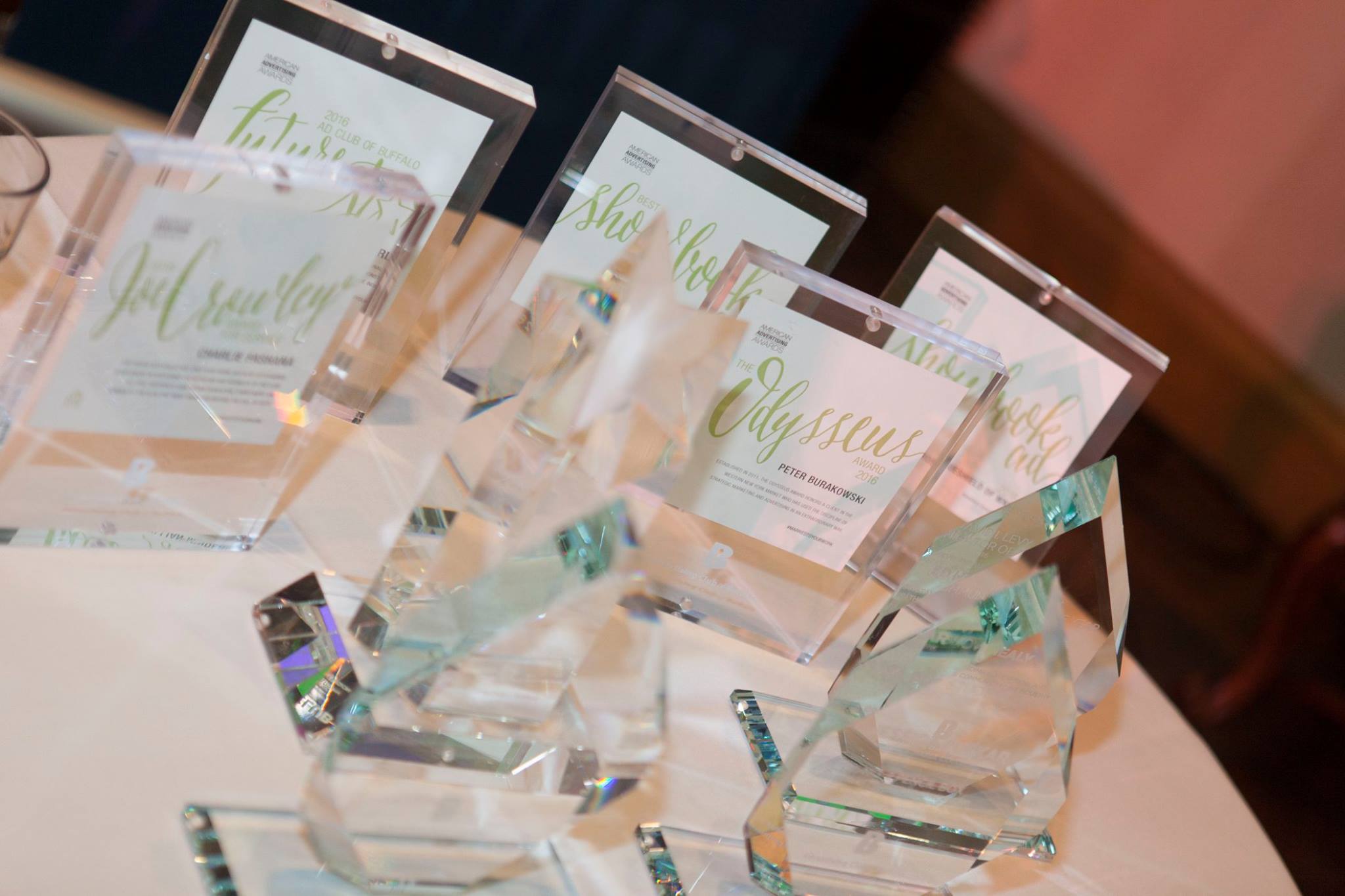
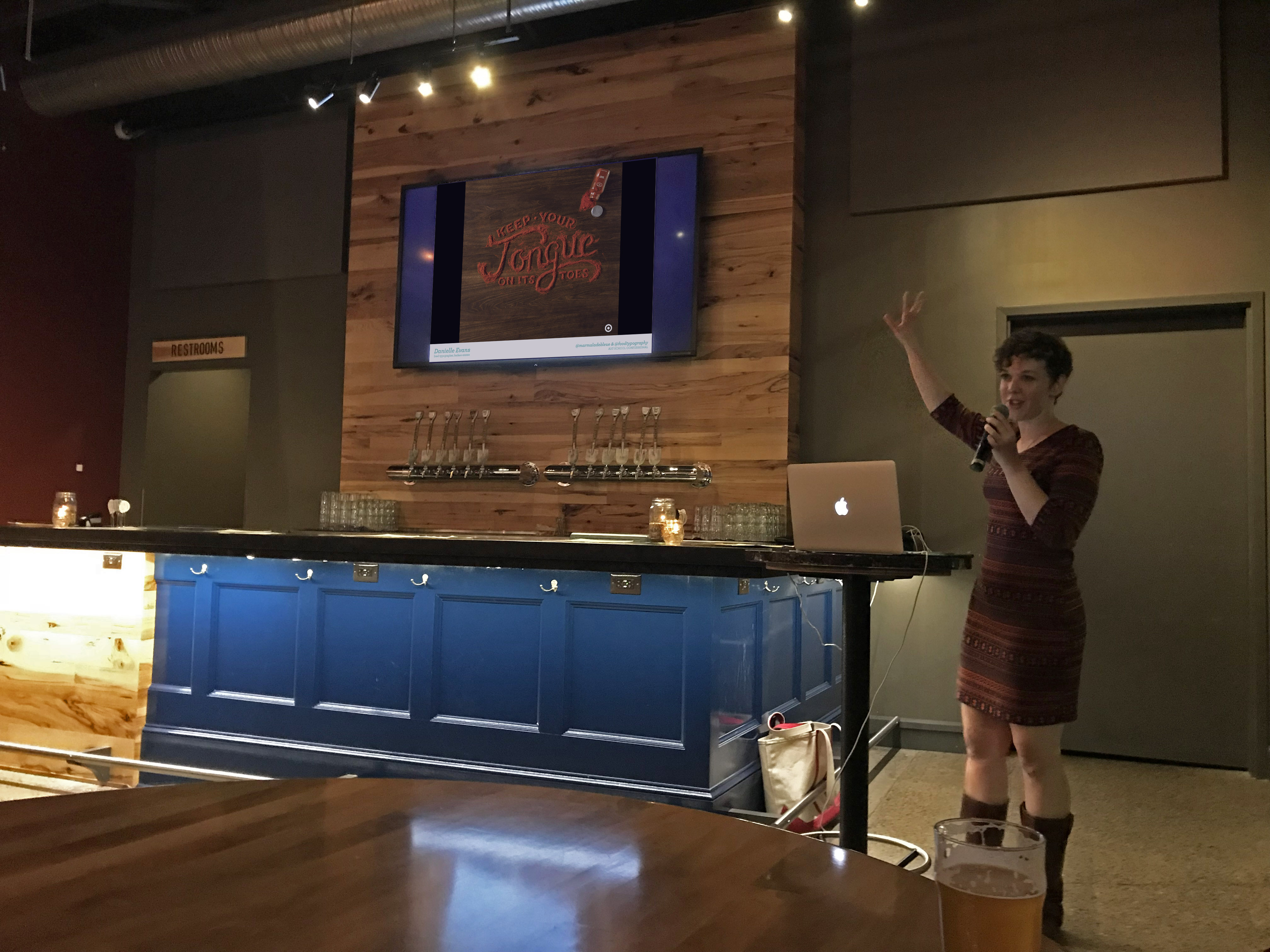
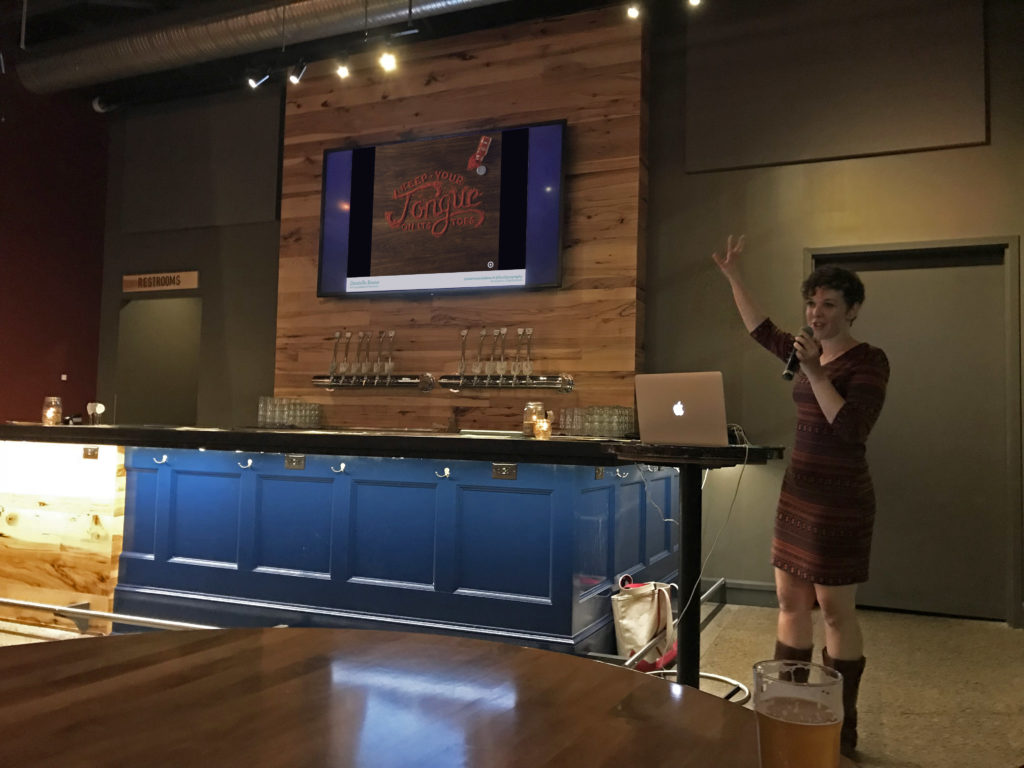
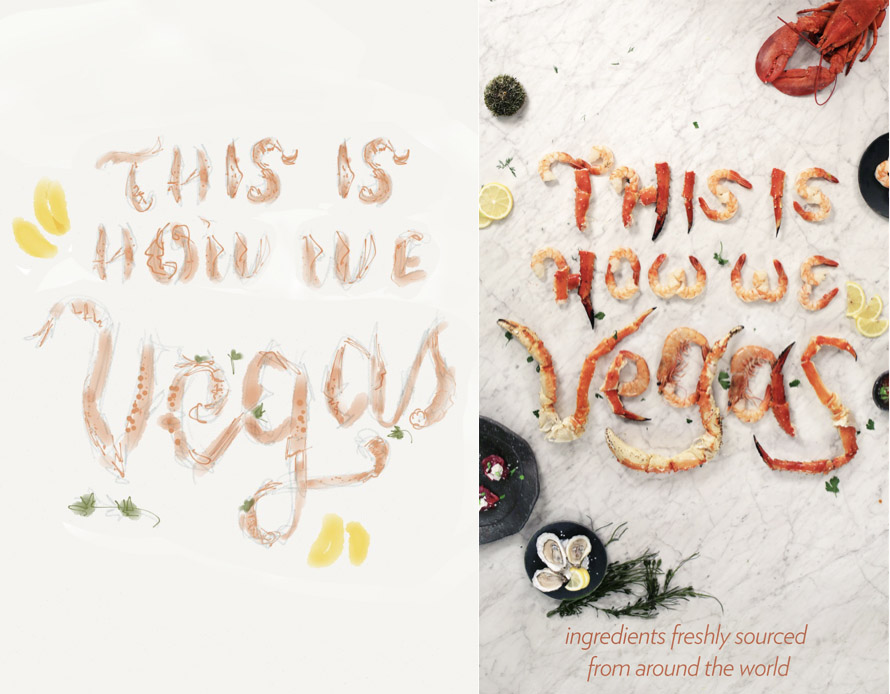
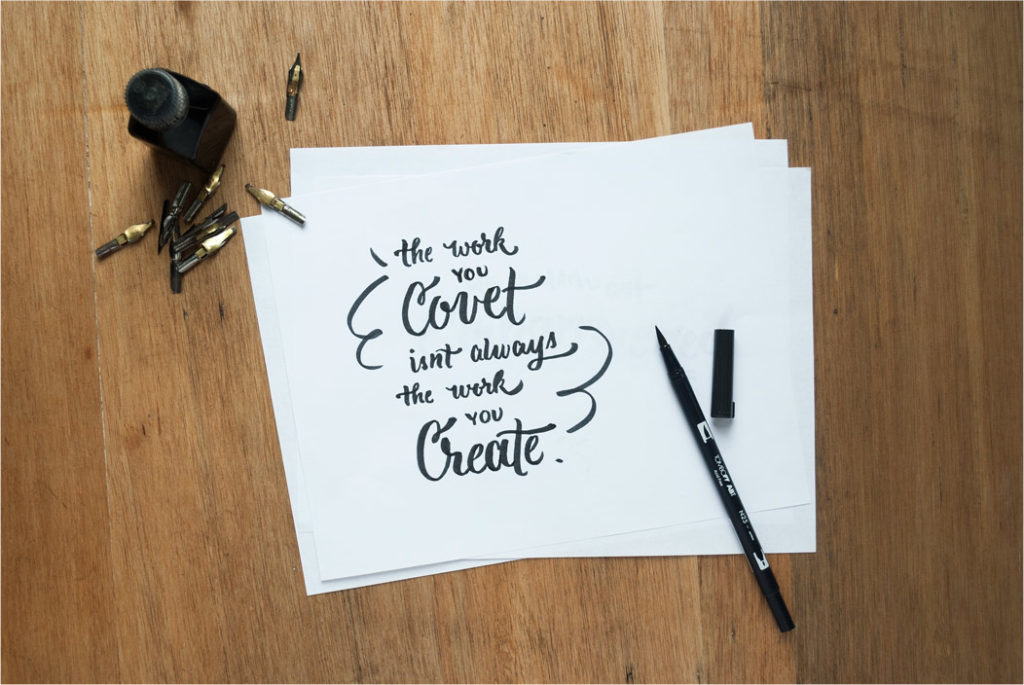
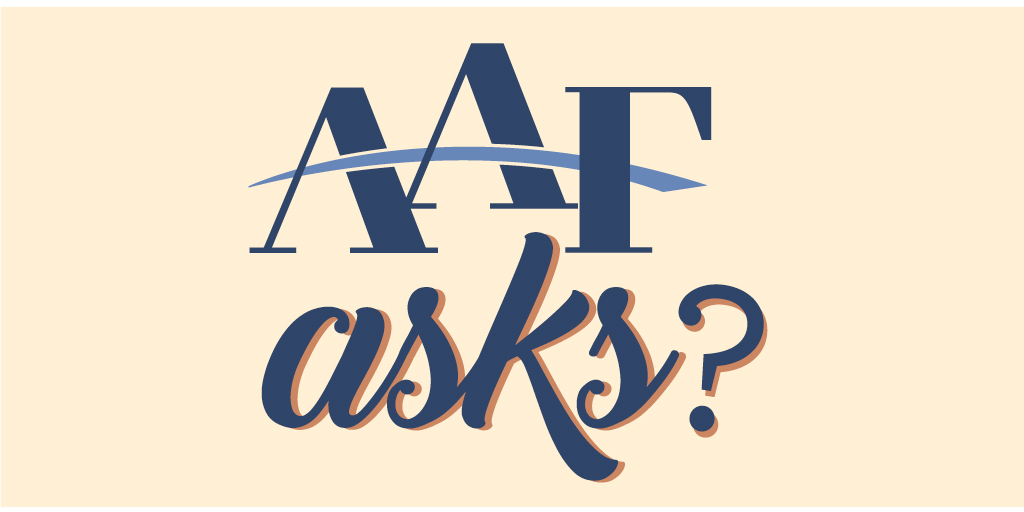
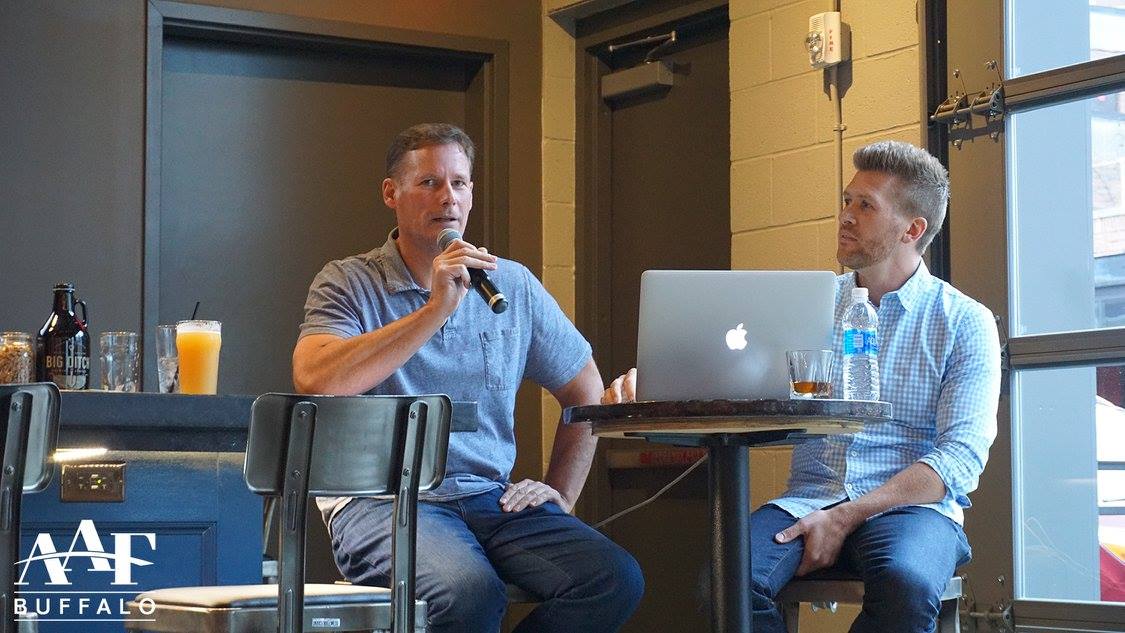
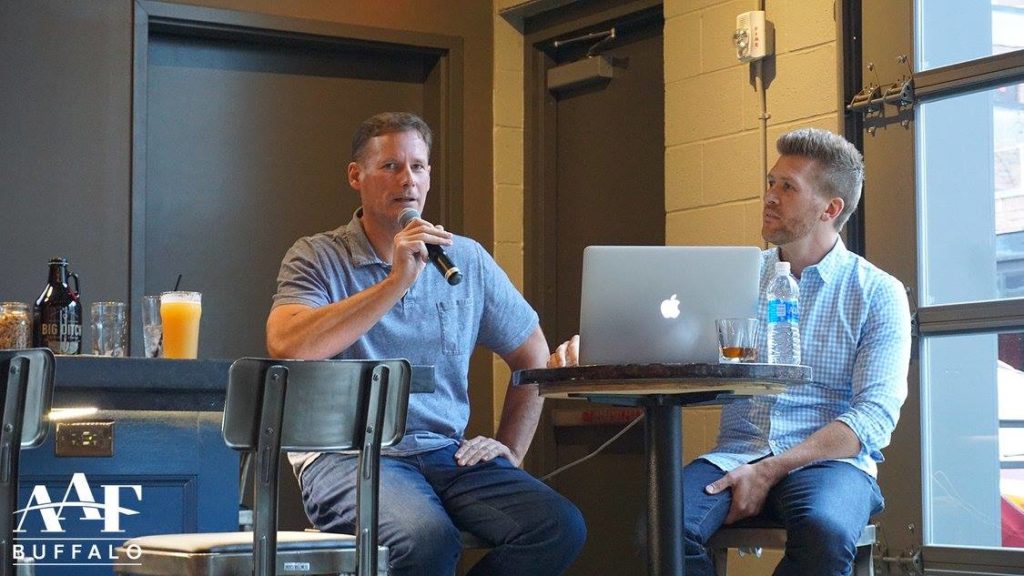
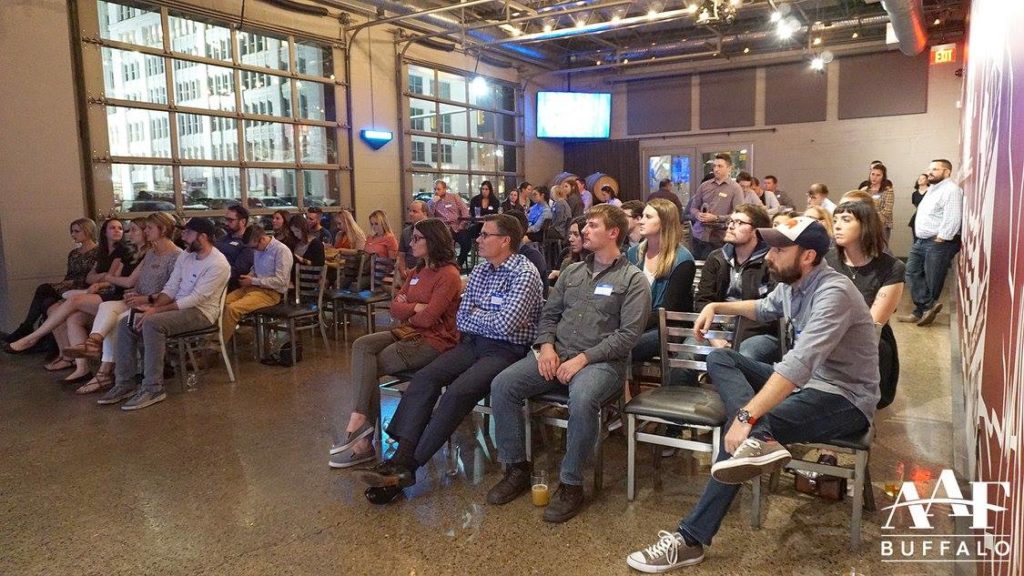 There were a bunch of other really interesting things that happened during Brunner’s creation of The Journey, but you probably should’ve joined the 60 people who attended the talk. You have your next chance to
There were a bunch of other really interesting things that happened during Brunner’s creation of The Journey, but you probably should’ve joined the 60 people who attended the talk. You have your next chance to 